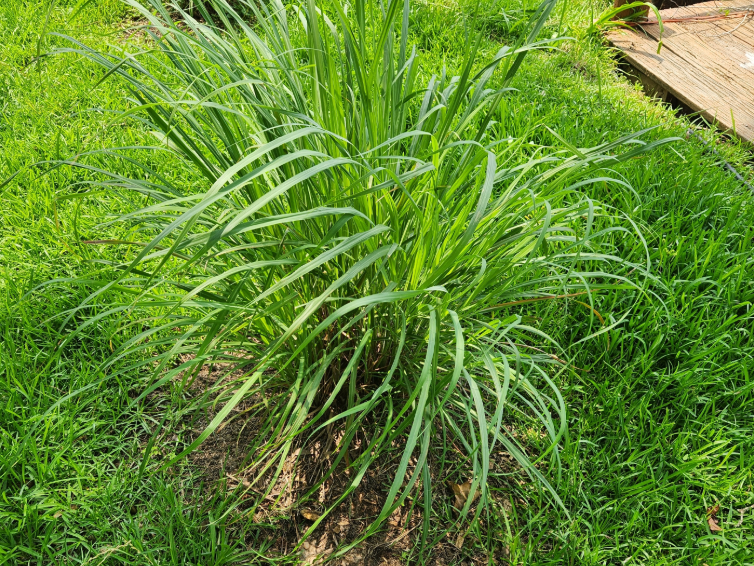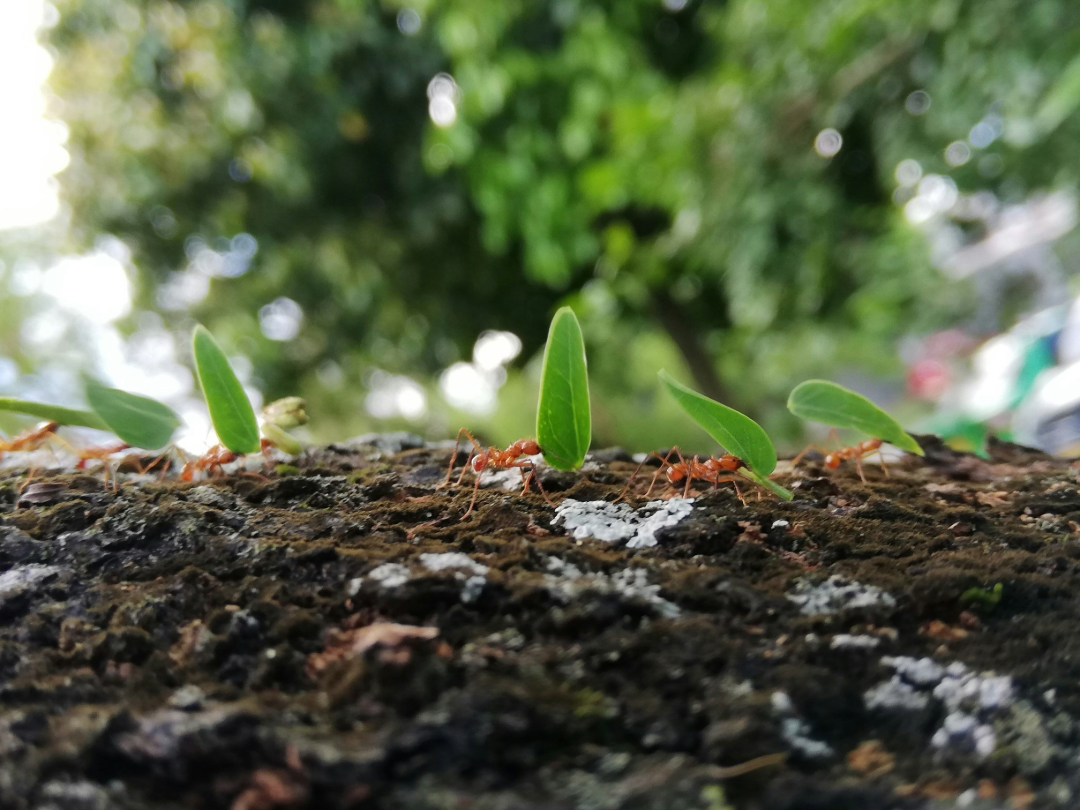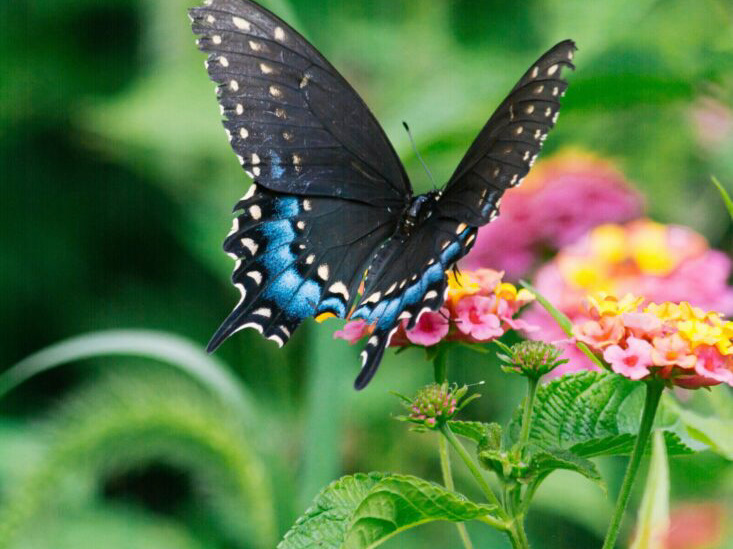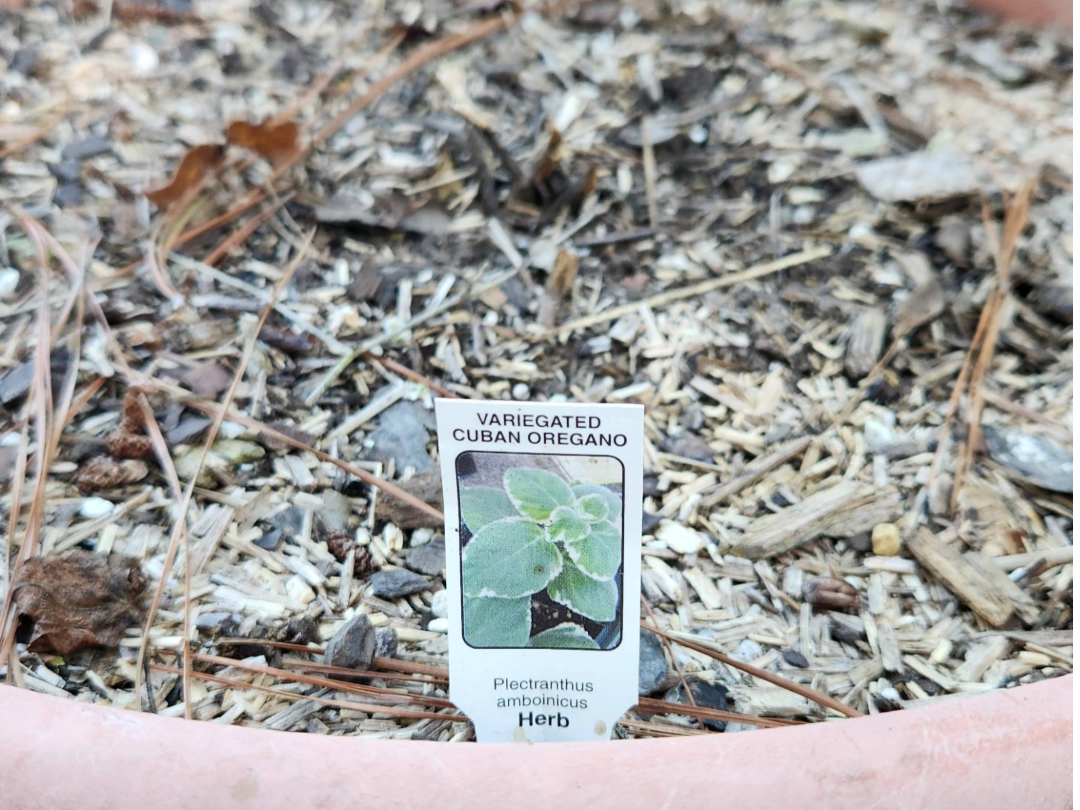Water gardens are captivating landscapes that weave the soothing presence of water with the allure of aquatic plants, creating serene environments that inspire tranquility and reflection. These gardens go beyond traditional plant beds, incorporating ponds, streams, fountains, and other water features to bring a sense of aquatic harmony to outdoor spaces. Characterized by the interplay of water and plant life, water gardens offer a dynamic and ever-changing canvas that engages the senses and invites contemplation.
1. Aquatic Plant Selection:
At the heart of water gardens is the careful selection of aquatic plants that thrive in or around water. Water lilies, lotus flowers, irises, and water hyacinths are common choices, adding texture, color, and dimension to the landscape. These plants not only provide aesthetic appeal but also contribute to the health of the aquatic ecosystem by oxygenating the water and providing habitat for various aquatic organisms.
2. Water Features and Structures:
Water gardens often incorporate a variety of water features and structures to enhance the overall ambiance. Ponds, lined with stones or aquatic plants, serve as focal points, reflecting the surrounding greenery and sky. Fountains introduce the gentle sound of flowing water, contributing to the sensory experience. Streams or waterfalls may meander through the garden, adding movement and creating a naturalistic setting. The design of these features is carefully orchestrated to achieve a harmonious balance between water and land elements.
3. Koi Ponds and Wildlife:
Koi ponds, featuring ornamental carp, are a popular element in water gardens, adding a dynamic and colorful aquatic dimension. The presence of koi contributes to the sense of movement and life within the water. Water gardens also attract a variety of wildlife, from frogs and dragonflies to birds and beneficial insects. The interaction between aquatic life and the surrounding ecosystem creates a dynamic and vibrant environment.
4. Reflection and Contemplation:
Water gardens are designed to evoke a sense of tranquility and reflection. The reflective surface of ponds and still water features mirrors the surrounding landscape, creating a sense of unity and connection with nature. Seating areas strategically placed near water features invite visitors to pause, contemplate, and appreciate the therapeutic qualities of the water garden.
5. Ecosystem Benefits:
Beyond their aesthetic appeal, water gardens contribute to the overall health of the ecosystem. Aquatic plants play a crucial role in water filtration, helping to maintain water clarity and quality. The presence of water also promotes biodiversity by providing habitat for aquatic organisms, contributing to a balanced and resilient ecosystem.
6. Therapeutic and Recreational Spaces:
Water gardens are often valued for their therapeutic benefits. The sound of flowing water, the sight of fish swimming, and the overall ambiance create a calming and rejuvenating atmosphere. Many water garden enthusiasts find joy in maintaining and observing the ever-changing nature of their aquatic landscapes.
Summary
In essence, water gardens are dynamic expressions of natural beauty, bringing the elements of water and plant life into harmonious interplay. Whether a small pond in a backyard or an expansive garden with intricate water features, these landscapes create sanctuaries where the soothing qualities of water converge with the timeless allure of nature. Water gardens are not merely spaces; they are immersive experiences that invite individuals to connect with the rhythms of aquatic life and find solace in the gentle embrace of flowing water.
Follow along on Facebook!








